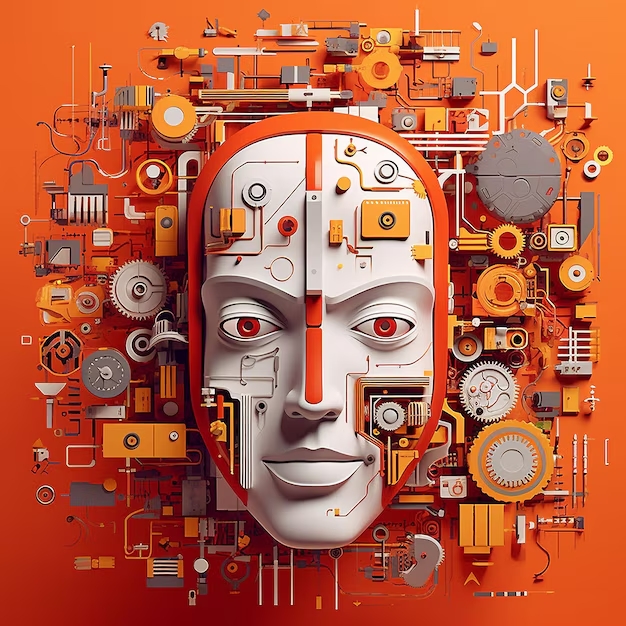Electronics
Artificial Intelligence and Machine Learning: Basic Concepts
Artificial Intelligence (AI) is a broad field of technology that enables machines to possess human-like thinking and learning abilities. AI encompasses various subfields such as robotics, natural language processing, and computer vision. Fundamentally, AI systems analyze large amounts of data, recognize patterns, and learn from this information. These capabilities allow AI to mimic human-like decision-making processes.
Machine learning (ML), a subset of artificial intelligence, enables machines to learn from experience. Unlike traditional programming, machine learning algorithms learn from data rather than relying on specific rules and instructions. These algorithms optimize themselves by using extensive datasets to make predictions or decisions in various scenarios. For example, on an e-commerce site, machine learning algorithms can provide product recommendations based on users’ past purchasing behaviors.

Machine learning can be applied through different methods such as supervised learning, unsupervised learning, and reinforcement learning. In supervised learning, algorithms are trained on labeled datasets, meaning the correct outputs are known for each input data. In unsupervised learning, algorithms are used to discover hidden structures within the data. In reinforcement learning, an agent learns to perform a specific task through a system of rewards and penalties. These basic concepts form the foundation of various applications of artificial intelligence and machine learning, guiding the future development of technology.


Hi, this is a comment.
To get started with moderating, editing, and deleting comments, please visit the Comments screen in the dashboard.
Commenter avatars come from Gravatar.